
History
Battersea Power Station is a decommissioned coal-fired power station located on the south bank of the River Thames, in Battersea, an inner-city district of South West London. It comprises two individual power stations, built in two stages in the form of a single building. Battersea A Power Station was built in the 1930s, with Battersea B Power Station to its east in the 1950s. The two stations were built to an identical design, providing the well known four-chimney layout. The station ceased generating electricity in 1983, but over the past 50 years it has become one of the best known landmarks in London and is Grade II* listed.
The London Power Company’s first super power station was planned for the Battersea area, on the south bank of the River Thames in London. The proposal was made in 1927, for a station built in two stages and was to be capable of generating 400 megawatts (MW) of electricity. The site chosen was a 15-acre (61,000 m2) plot of land which had been the site of the reservoirs for the former Southwark and Vauxhall Waterworks Company. The site was chosen for its proximity to the River Thames for cooling water and coal delivery, and because it was in the heart of London, the station’s immediate supply area.
The proposal sparked protests from those who felt that the building would be too large and would be an eyesore, as well as worries about the pollution damaging local buildings, parks and even paintings in the nearby Tate Gallery. The company addressed the former concern by hiring Sir Giles Gilbert Scott to design the building’s exterior. He was a noted architect and industrial designer, famous for his design of the red telephone box, and of Liverpool Anglican Cathedral. He would go on to design another London power station, Bankside, which now houses Tate Modern art gallery. The pollution issue was resolved by granting permission for the station on the condition that its emissions were to be treated, to ensure they were cleaner and contained less smoke.
Construction of the first phase, the A Station, began in March 1929. The main building work was carried out by John Mowlem & Co, and the structural steelwork erection carried out by Sir William Arrol & Co. Other contractors were employed for specialist tasks. Most of the electrical equipment, including the steam turbine turbo generators, was produced by Metropolitan-Vickers in Trafford Park, Manchester. The building of the steel frame began in October 1930. Once completed, the construction of the brick cladding began, in March 1931. Until the construction of the B Station, the eastern wall of the boiler house was clad in corrugated metal sheeting as a temporary enclosure. The A Station first generated electricity in 1933, but was not completed until 1935. The total cost of its construction was £2,141,550. Between construction beginning in 1929 and 1933, there were six fatal and 121 non-fatal accidents on the site.
A short number of months after the end of Second World War, construction began on the second phase, the B Station. The station came into operation gradually between 1953 and 1955. It was identical to the A Station from the outside and was constructed directly to its east as a mirror to it, which gave the power station its now familiar four-chimney layout. The construction of the B Station brought the site’s generating capacity up to 509 megawatts (MW), making it the third largest generating site in the UK at the time, providing a fifth of London’s electricity needs (with the remainder supplied by 28 smaller stations). It was also the most thermally efficient power station in the world when it opened.
The A Station had been operated by the London Power Company, but by the time the B Station was completed, the UK’s electric supply industry had been nationalised, and ownership of the two stations had passed into the hands of the British Electricity Authority in 1948. In 1955, this became the Central Electricity Authority, which in turn became the Central Electricity Generating Board in 1957.
The fact that the station’s output continued to fall, coupled with increased operating costs, such as flue gas cleaning, led to Battersea’s demise. On 17 March 1975, the A Station was closed after being in operation for 40 years. By this time the A Station was co-firing oil and its generating capacity had declined to 228 MW.
Three years after the closure of the A Station, rumours began to circulate that the B Station would soon follow. A campaign was then launched to try to save the building as part of the national heritage. As a result the station was declared a heritage site in 1980, when the Secretary of State for the Environment, Michael Heseltine, awarded the building Grade II listed status. (This was upgraded to Grade II* listed in 2007.) On 31 October 1983 production of electricity at Station B also ended, after nearly 30 years of operation. By then the B Station’s generating capacity had fallen to 146 MW. The closure of the two stations was put down largely to the generating equipment becoming outdated, and the preferred choice of fuel for electricity generation shifting from coal toward oil, gas and nuclear power. Since the station ceased generating electricity, there have been numerous proposals and attempts to redevelop the site.
Following the failure of the REO bid to develop the site, in February 2012, Battersea Power Station was put up for sale on the open market for the first time in its history. The sale was conducted by commercial estate agent Knight Frank on behalf of the site’s creditors. In May 2012, several bids were received for the landmark site, which was put on the market after Nama and Lloyds Banking Group called in loans held by Treasury Holdings’ Real Estate Opportunities (REO). Bids were received from Chelsea F.C. with other interested parties including a Malaysian interest, SP Setia, London & Regional, a company owned by the London-based Livingstone brothers and house builder Berkeley. If sold, the new owner would have to pay £500 million for the power station, including £325 million to cover the debts held by Nama and Lloyds, and a £100 million contribution to the northern line extension. If the sale is unsuccessful, the agent would have a duty to maintain and preserve the site in line with its listed status.
On 7 June 2012, Knight Frank announced that administrators Ernst & Young had entered into an exclusive agreement with Malaysian developers SP Setia and Sime Darby, who were given 28 days to conduct due diligence and agree the final terms of the deal. Completion of the sale to the Malaysian consortium took place in September 2012. The redevelopment of the site will use the existing Vinoly master plan which intends to position the Power Station as the central focus of the regenerated 40-acre site, housing a blend of shops, cafes, restaurants, art and leisure facilities, office space and residential accommodation. The plan includes the restoration of the historic Power Station itself, the creation of a new riverside park to the north of the Power Station and the creation of a new High Street which is designed to link the future entrance to Battersea Power Station tube station with the Power Station. The redevelopment is hoped to bring about the extension of the existing riverside walk and facilitate access directly from the Power Station to Battersea Park and Chelsea Bridge.
Restoration of the Grade II* listed Power Station is an early priority in the development. Work is due to commence in 2013 and plans include the restoration the art deco structure internally and externally, reconstruction of the chimneys, and refurbishment of the historic cranes and jetty as a new river taxi stop. The plan includes over 800 homes of varying sizes, and sales of residential apartments in Phase 1 of the redevelopment began in January 2013 with around 75 per cent of townhouses and apartments being sold within four days. Construction work on Phase 1, called Circus West, is being undertaken by Carillion and is due to commence in 2013 alongside work on the Power Station. The full redevelopment consists of seven main phases, some of which are planned to run concurrently. Phase 1 is due to complete in 2016/17 with the Northern Line extension and requisite new Battersea Power Station terminal anticipated to complete in 2020.
In October 2013, Frank Gehry was appointed joint architect with Foster + Partners to design “Phase 3” of the scheme, which will provide “the gateway to the entire development and the new Northern Line extension”.
Mostly taken from Wikipedia 🙂
Our Visit
An exciting explore, Thanks to AndyK (Behind Closed Doors Urbex)for the invite on this mission :). I cant say I had a massive draw to this one… that was soon put to rest when the building first came into sight and the excitement kicked in! Notoriously troublesome to explore this site is epic! So large and the control rooms really are worth the effort (especially A). Visit was cut short but cant grumble at the amount of time we got there! Fun times 😀
A little video of the Security Guard asking us to delete our photos and the police correctly advising him that he could not make us do that:
Don’t forget to check out AndyK’s report here: Battersea Power Station
If you’ve made it this far… thanks for reading / checking out the pictures. Leave me a comment below or hit the like button to let me know you’ve enjoyed the shots and to encourage me to keep posting more 🙂
Canvas prints and regular prints are available for all of the images above just ask me about prices.
Facebook: http://www.facebook.com/Proj3ctM4yh3m
Google+: https://plus.google.com/110001339139979553061/posts
500px: http://500px.com/proj3ctm4yh3m







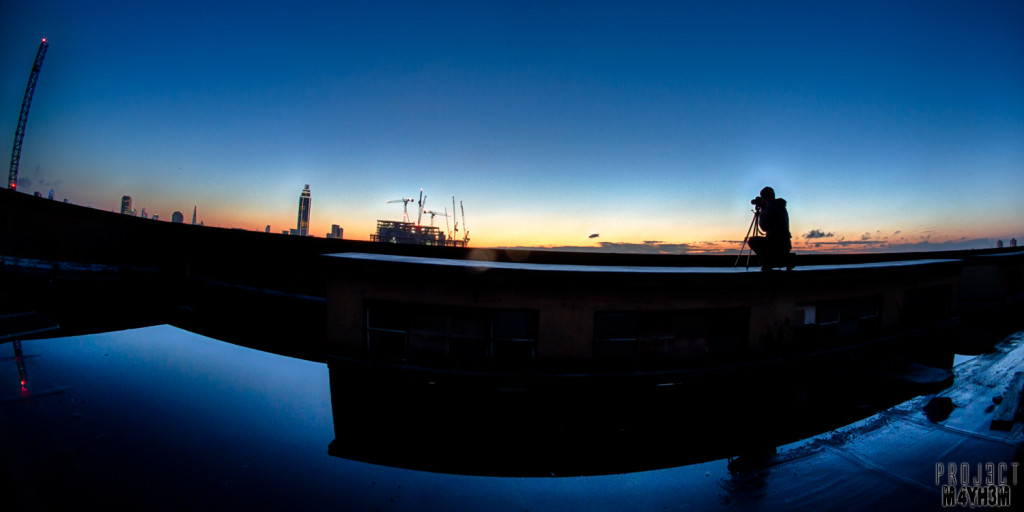
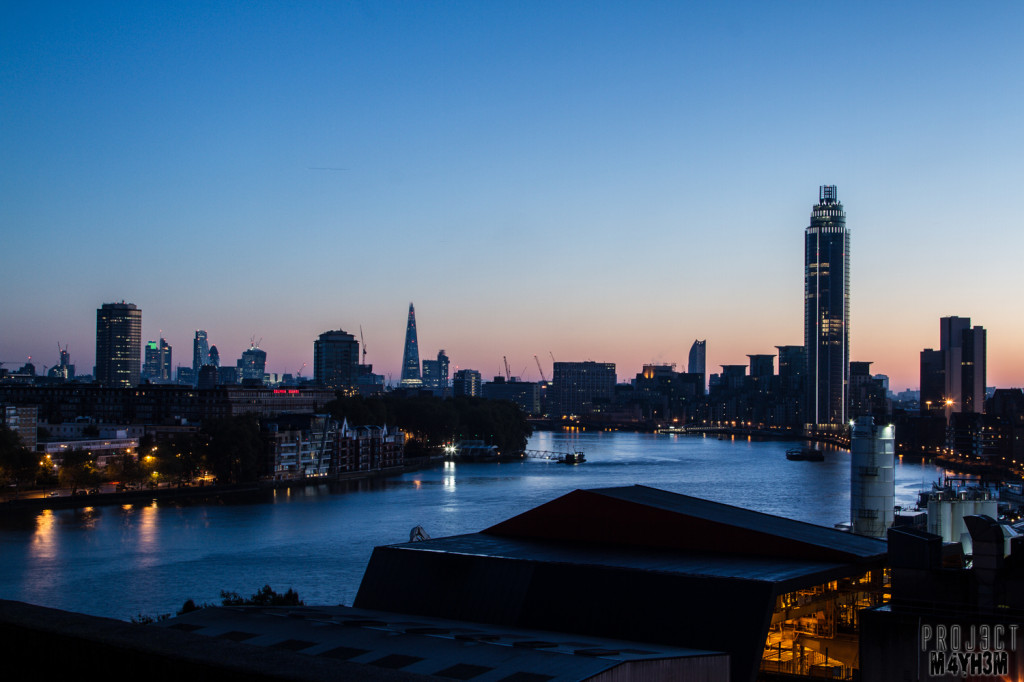
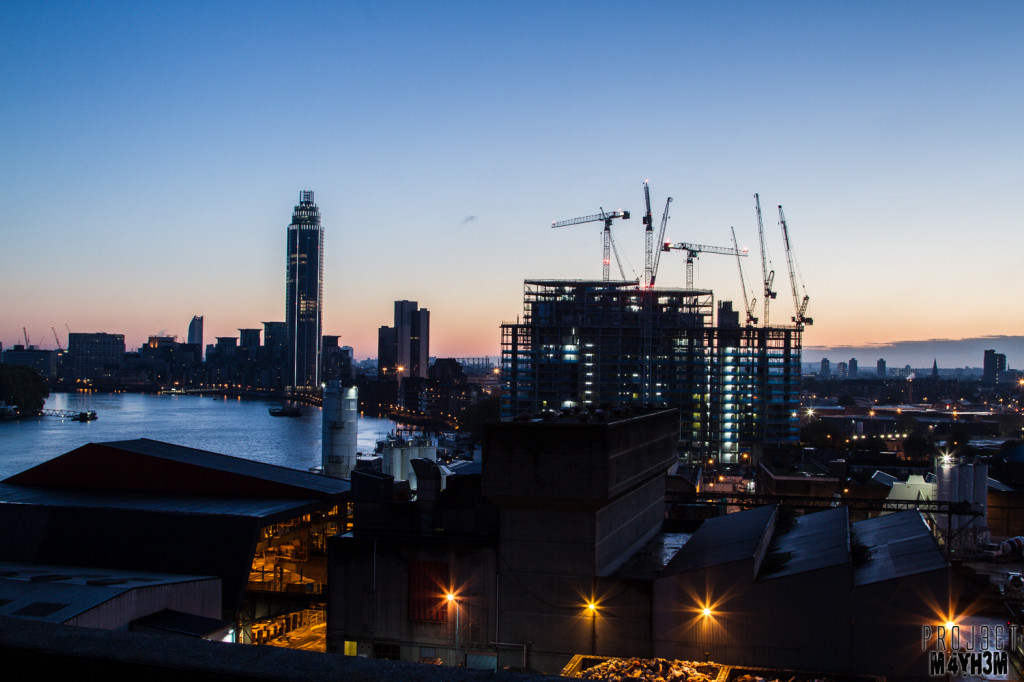
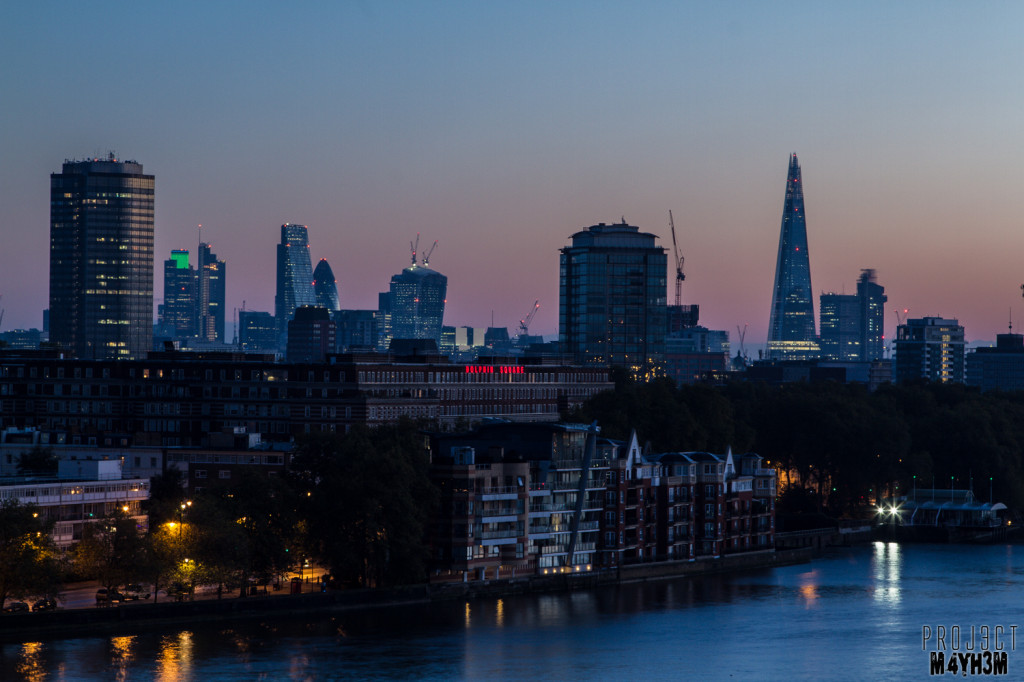
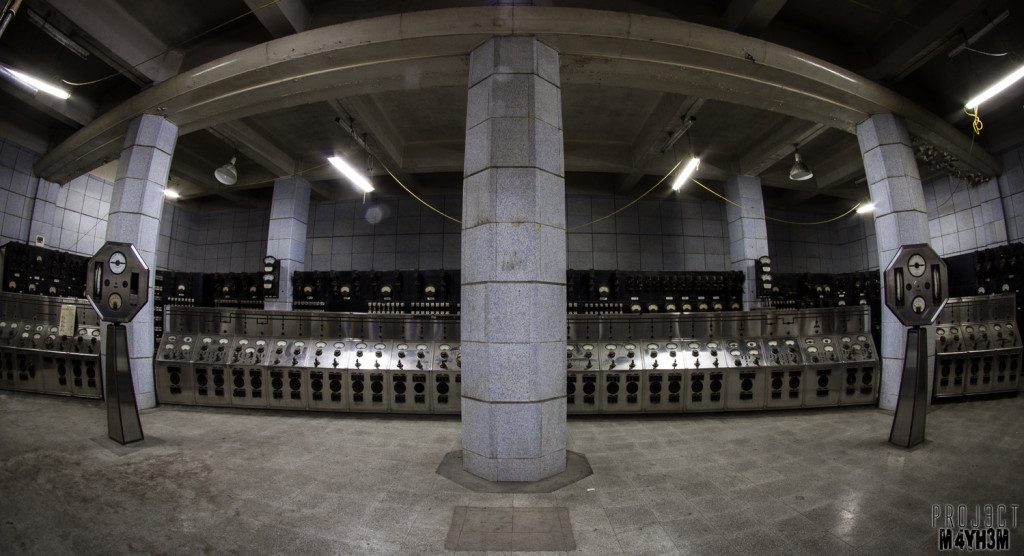






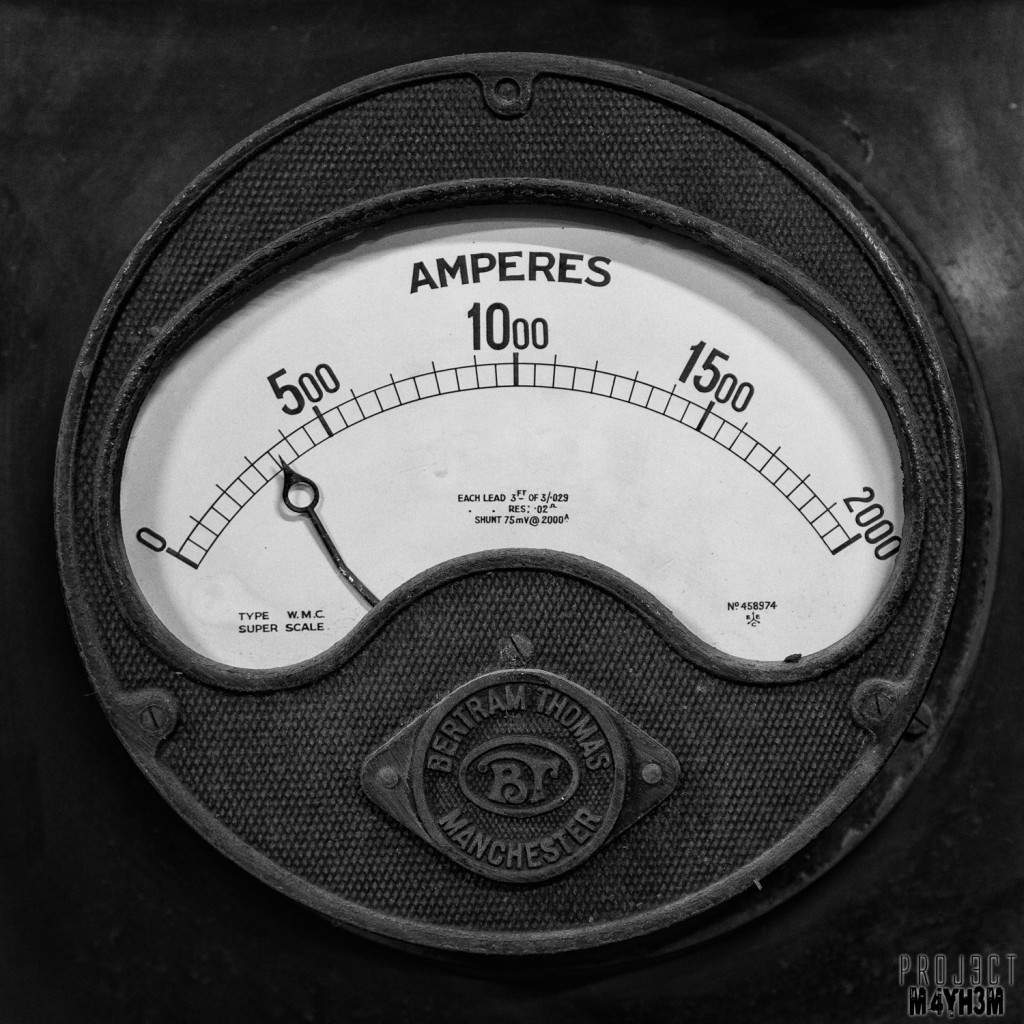


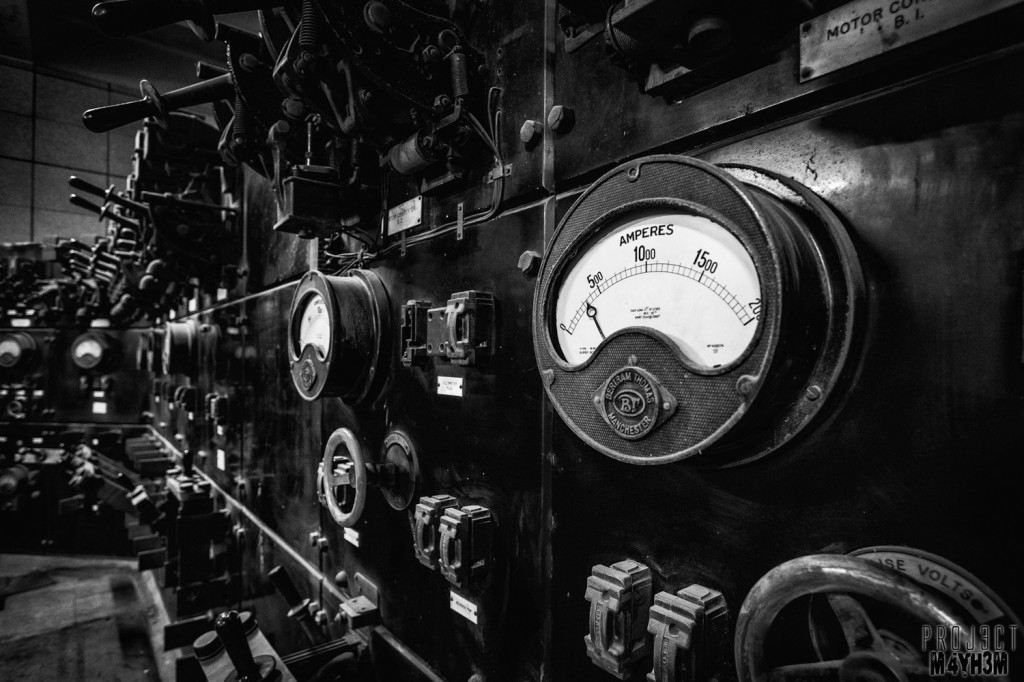





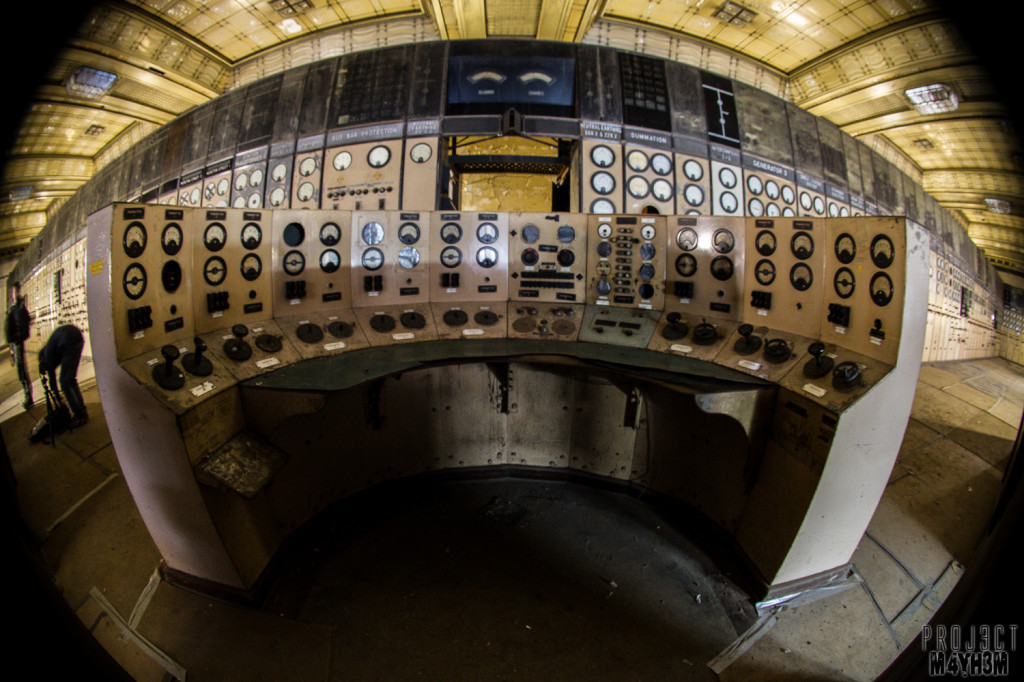
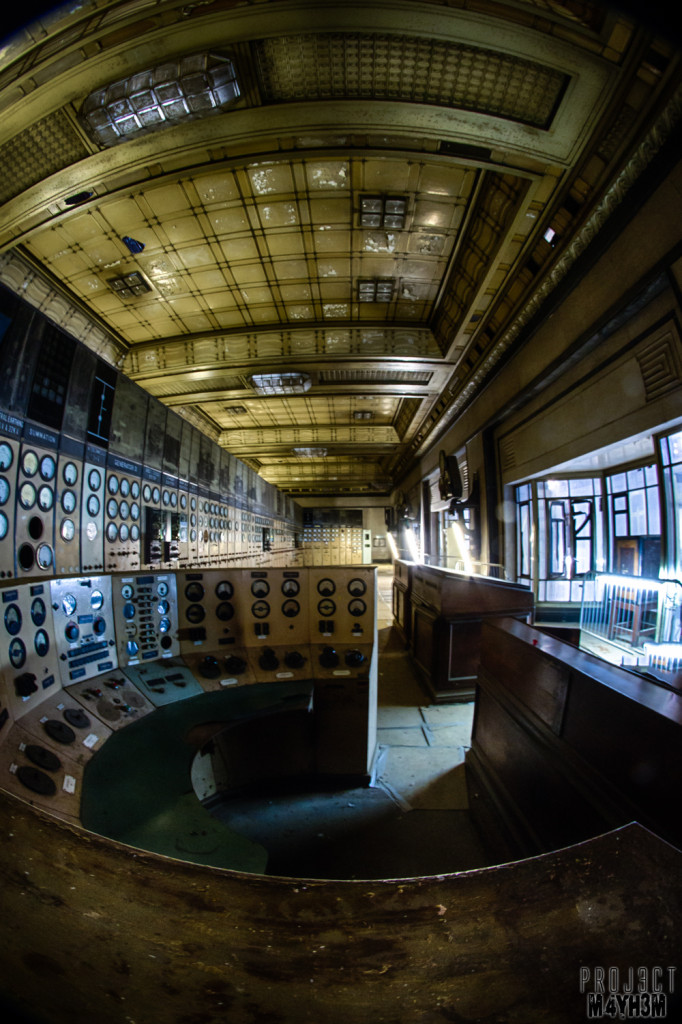
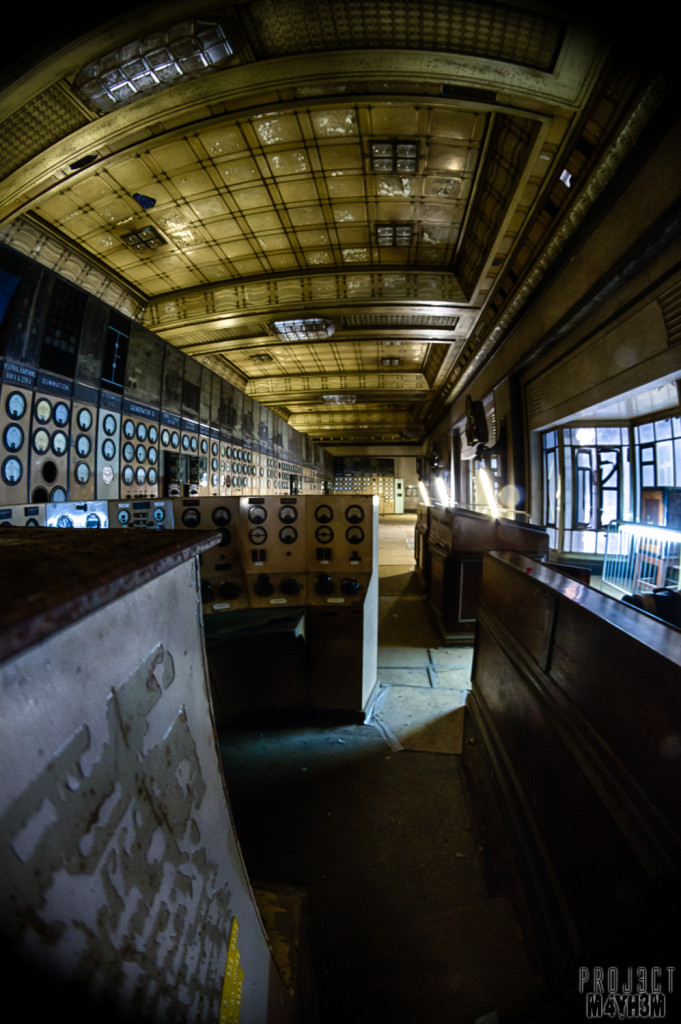
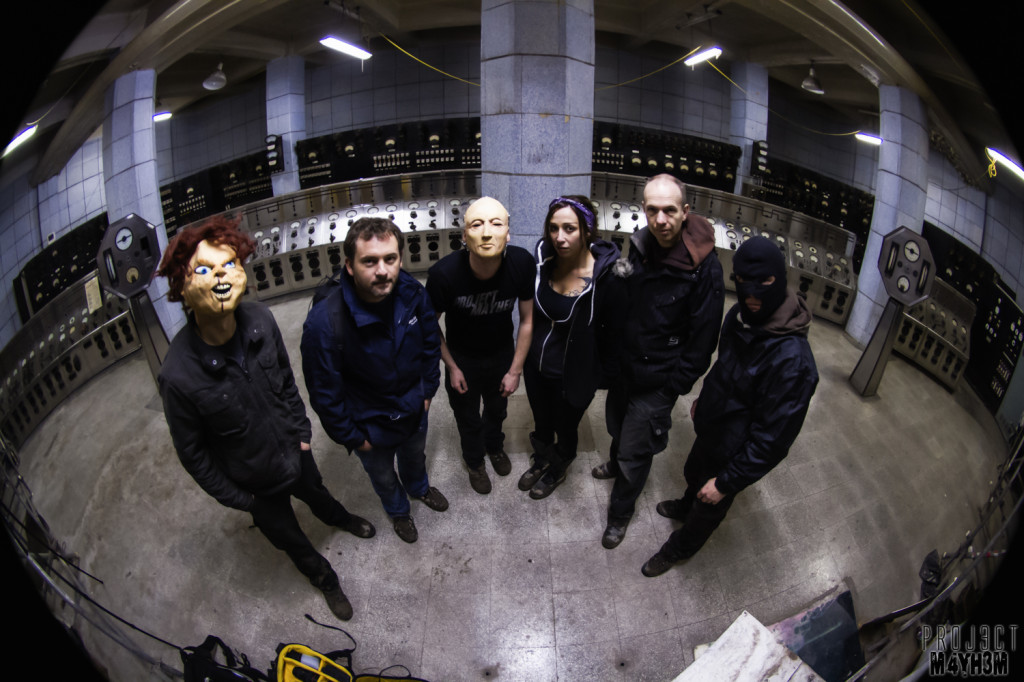




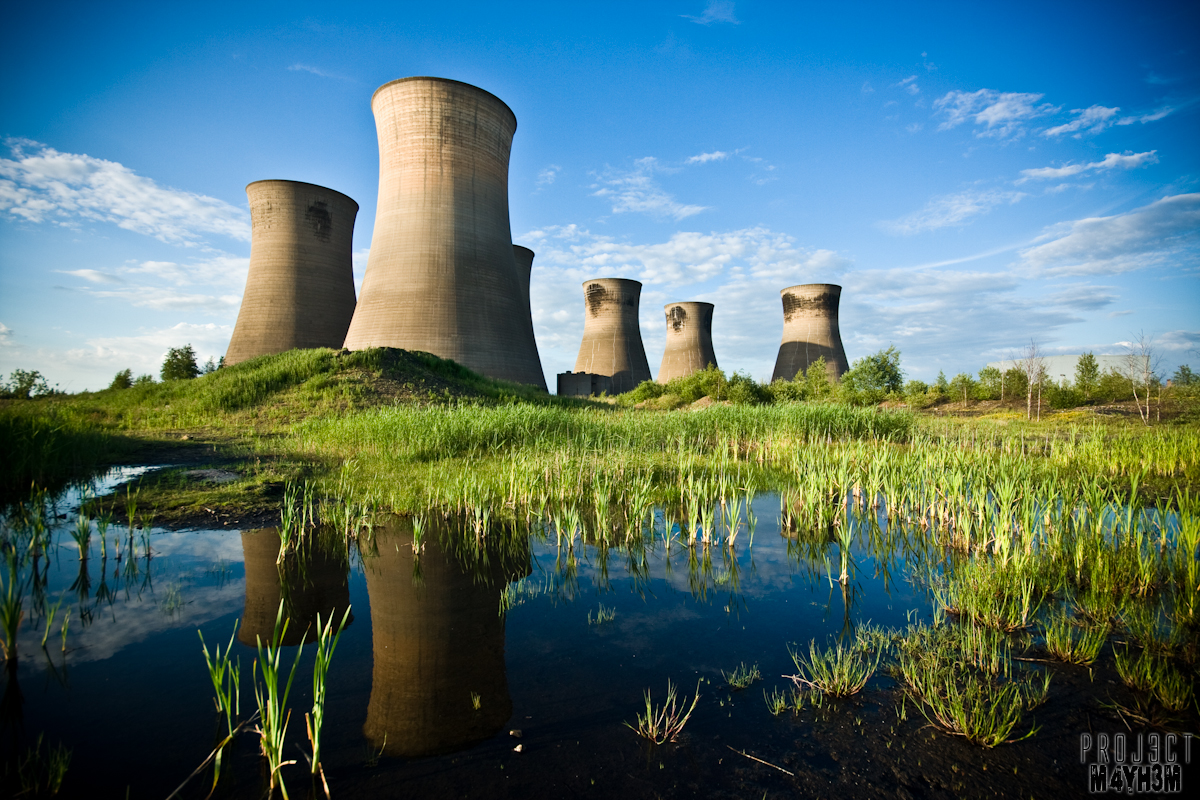
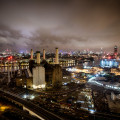







Ace mate.
Thanks alot JT was a cracking visit! deffo one not to be forgotten :D.
Epic day out, and great pics mate 🙂
Cheers Mr Kay! Thank you muchly for invite me along on this adventure! was a belter of a day out! 2 epic locations and lots of fun had by all! Roll on the next trips 😀
Glad you managed to save your pics brilliant
Thanks David 😀 me too! Glad the police were on our side for once!